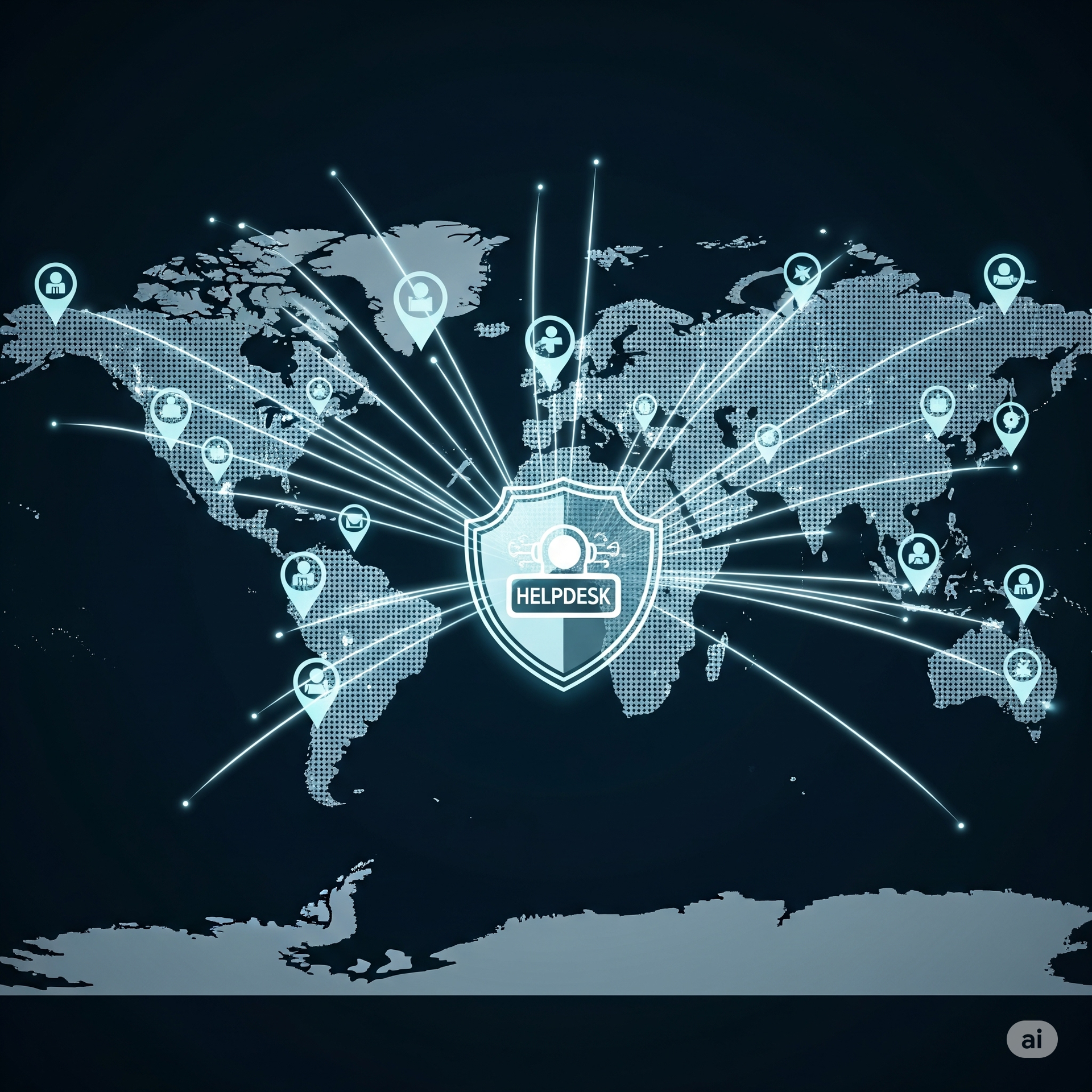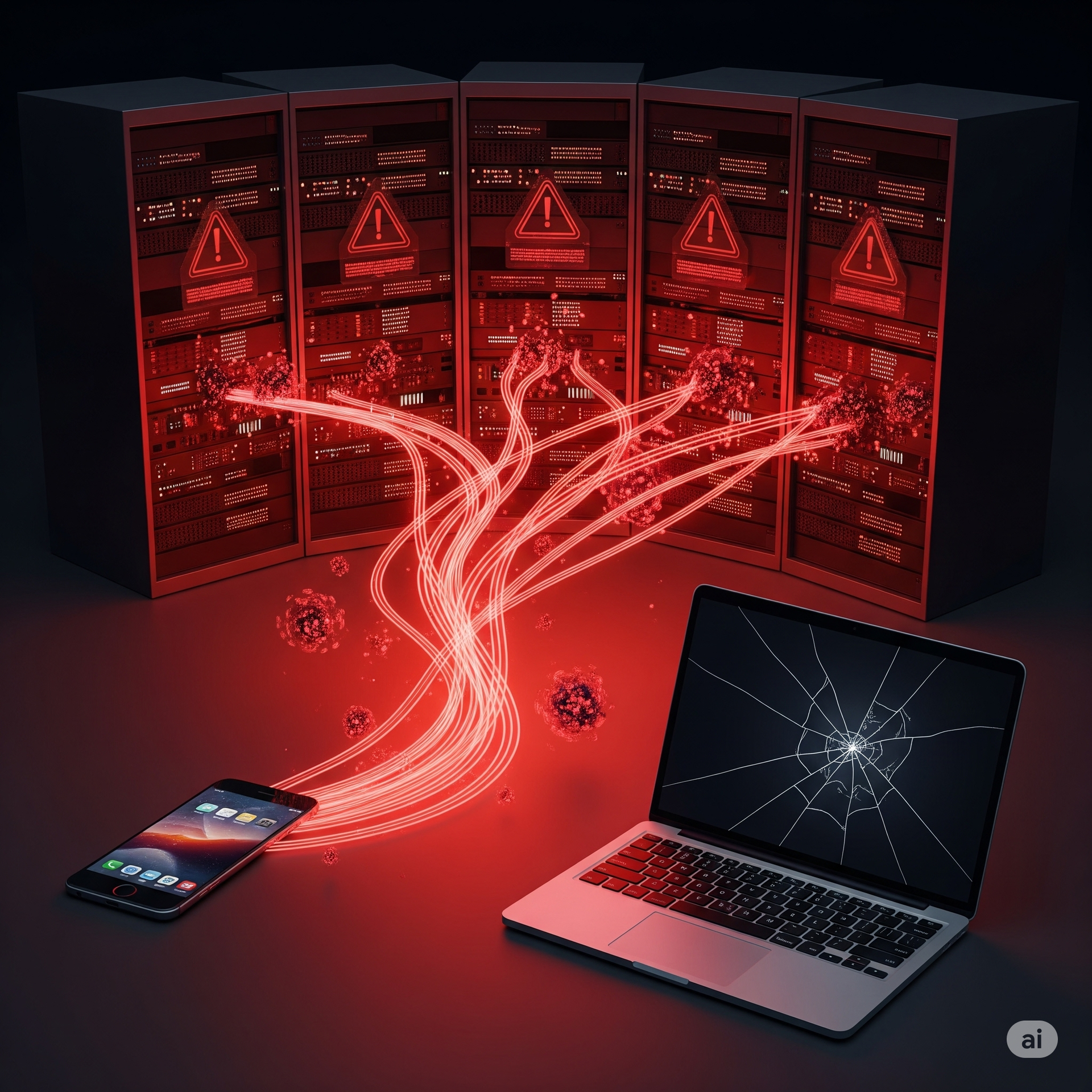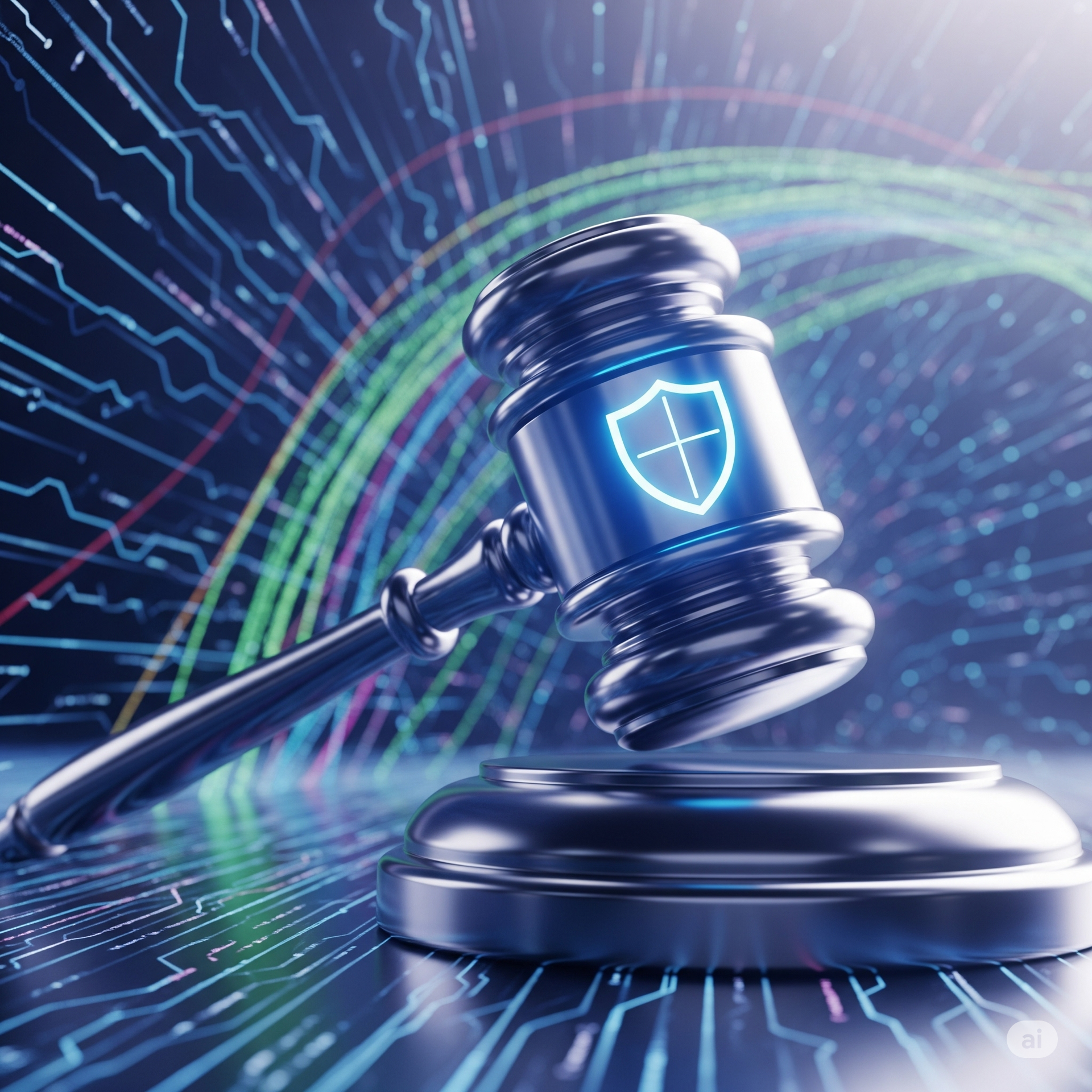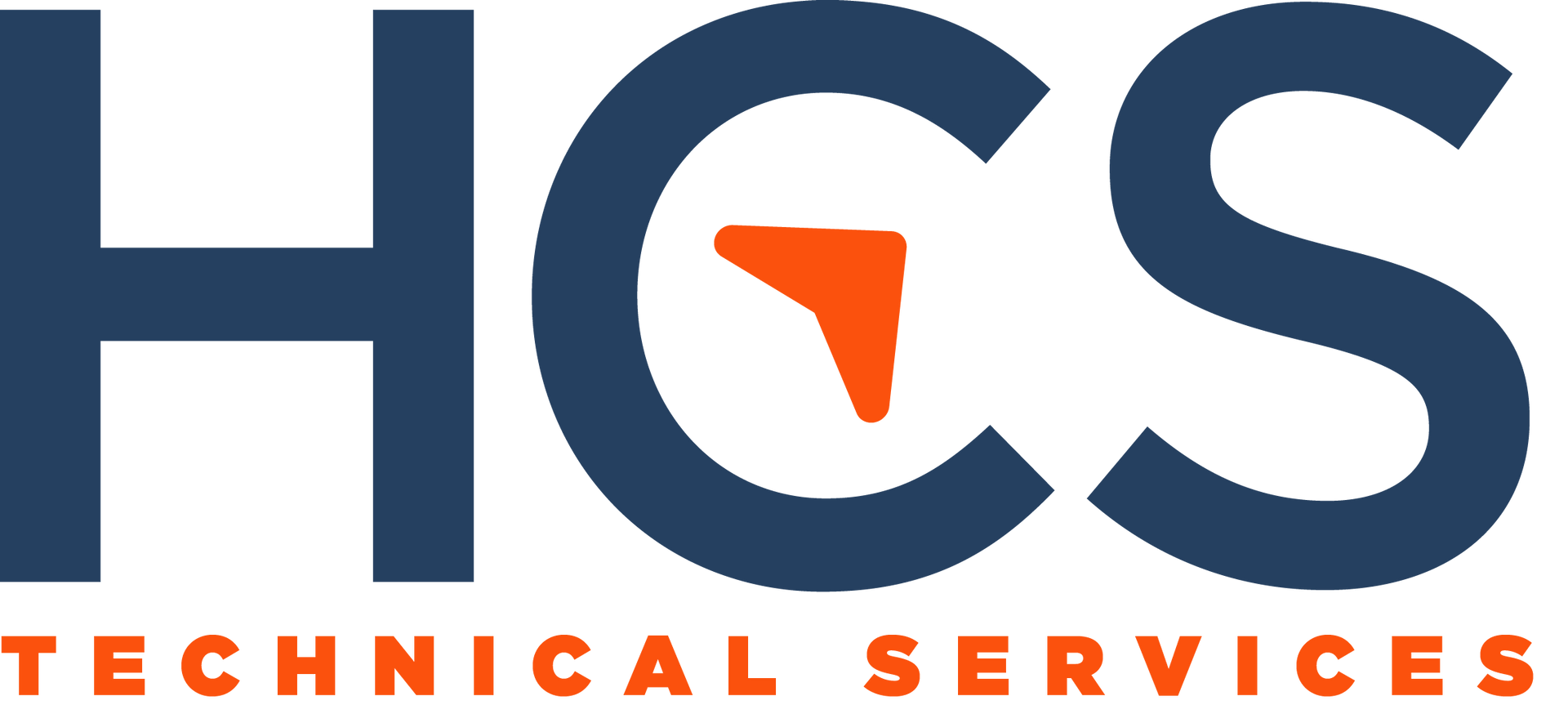Ensuring Secure and Efficient IT Support for Remote and Traveling Employees
Ensuring Secure and Efficient IT Support for Remote and Traveling Employees

Embracing the Shift to Remote and Mobile Workforces
In recent years, the shift to remote work has accelerated, driven by technological advancements and the global pandemic. This transformation has opened up new opportunities for businesses and employees alike, allowing greater flexibility and access to talent worldwide. However, this shift also poses significant challenges, particularly in ensuring secure and efficient IT support for remote and traveling employees. Companies must consider how to protect their data while providing seamless access to necessary resources. The lack of direct oversight and controlled environments that offices typically provide can expose more vulnerabilities. As a result, businesses need strategic solutions that involve an amalgamation of robust IT infrastructure, secure cloud computing, and comprehensive cybersecurity measures. By investing in these areas, companies can adapt to this new work paradigm and safeguard their operations, thereby maintaining productivity and minimizing risks.
Implementing Robust IT Infrastructure for Remote Success
Creating a reliable IT infrastructure is critical for supporting remote and traveling employees. With employees accessing company systems from various locations, ensuring a consistent and secure connection becomes a priority. High-quality remote work solutions include scalable and secure Virtual Private Networks (VPNs), which enable safe communication and data exchange over public internet connections. Additionally, cloud computing platforms offer the flexibility and scalability needed for such dynamic work arrangements. These platforms not only facilitate seamless collaboration through real-time document sharing but also provide remote access to essential business applications. Furthermore, implementing advanced identity and access management protocols ensures that only authorized personnel can access sensitive information. By adopting these technologies, businesses can ensure that their remote workforce remains productive and secure, no matter their location. Collaborating with an experienced IT services provider like HCS Technical Services can further enhance these efforts by tailoring these solutions to your unique business needs.
Strengthening Cybersecurity for Remote Operations
- Enhanced cybersecurity measures are crucial in protecting remote employees' data and communications.
- Deploying multi-factor authentication (MFA) is essential to add an extra layer of security beyond passwords.
- Antivirus and antimalware solutions should be updated continuously to protect against emerging threats.
- Regular cybersecurity training for employees is pivotal to raise awareness about phishing and social engineering attacks.
- Implementing endpoint security on devices ensures they are protected from unauthorized access and data breaches.
- Businesses should consider dark web monitoring to promptly identify any potential data leaks involving their credentials.
Offering Efficient IT Support for On-the-Go Employees
Providing exceptional IT support is key to empowering remote and traveling employees. With the unpredictability of remote work environments, employees must have access to responsive and reliable IT support at all times. This is where an IT Help Desk service becomes invaluable. An effective IT Help Desk offers timely troubleshooting and support, whether it be through chat, email, or phone calls. This ensures that technical issues do not disrupt work or lead to extended downtime. Additionally, vendor management services streamline relations with third-party providers, ensuring compatibility and optimal performance of all technological tools. By partnering with a trusted service provider like HCS Technical Services, you gain not only continuous support but also an expert team dedicated to optimizing your remote work operations. Through tailored support packages, your business can achieve a balance between smooth IT operations and employee satisfaction, leading to enhanced productivity and success.
Partnering with HCS Technical Services for Comprehensive Solutions
As businesses navigate the complexities of managing remote and traveling workforces, partnering with a professional IT services provider can make all the difference. HCS Technical Services, with over 25 years of experience, specializes in crafting tailored IT solutions that address the specific challenges of remote work environments. From implementing secure cloud solutions to providing proactive cybersecurity measures, HCS focuses on enhancing both security and productivity for your business. Our team of experts is committed to staying at the forefront of technological advancements, ensuring that your IT infrastructure is robust and future-proof. With our comprehensive technology evaluations and regulatory compliance support, your business will be prepared to handle current demands and upcoming challenges. Choose HCS Technical Services to navigate and optimize your remote work solutions with confidence and expertise, and experience the peace of mind that comes with knowing your business is in capable hands.
HCS Technical Services











